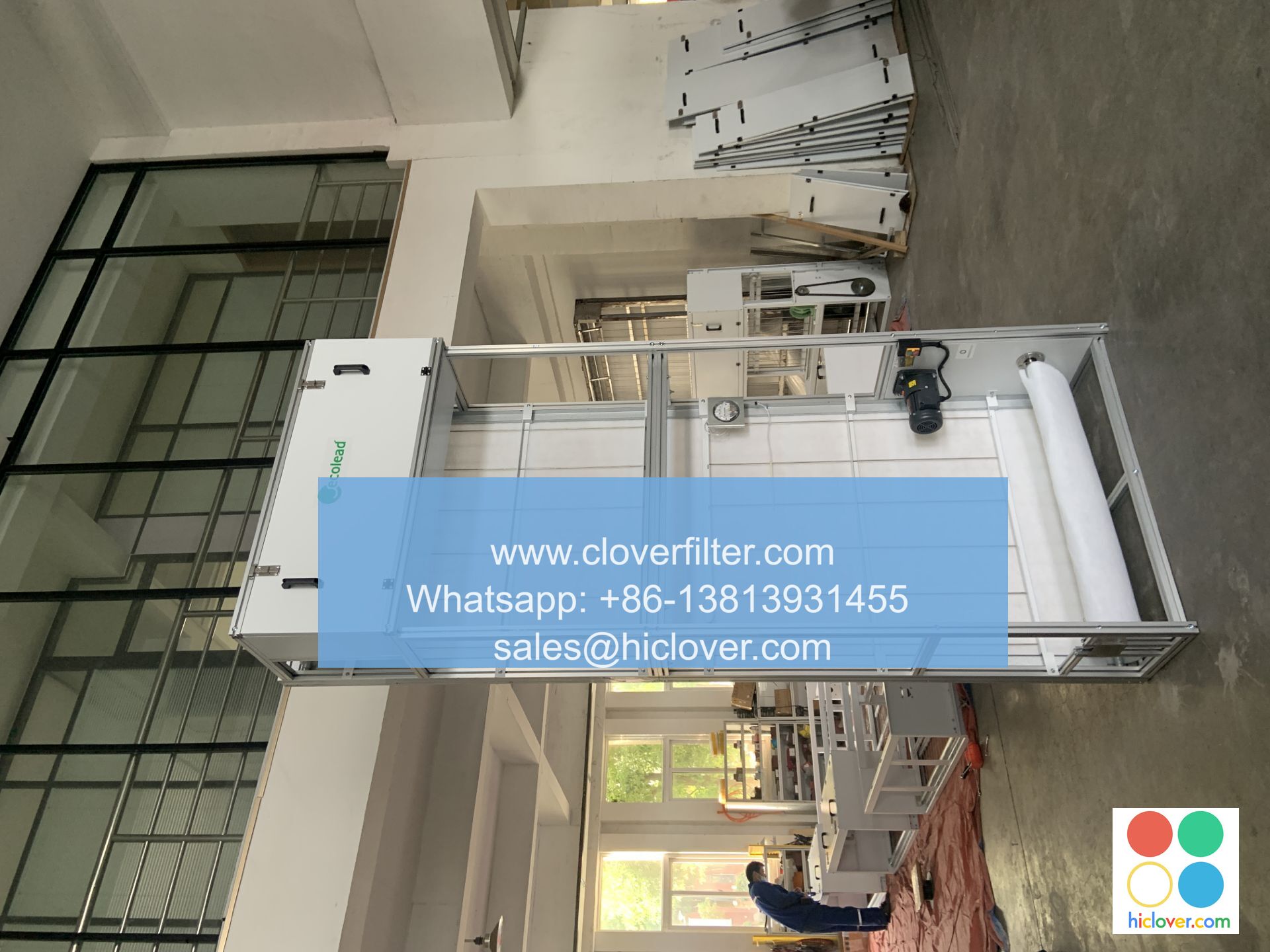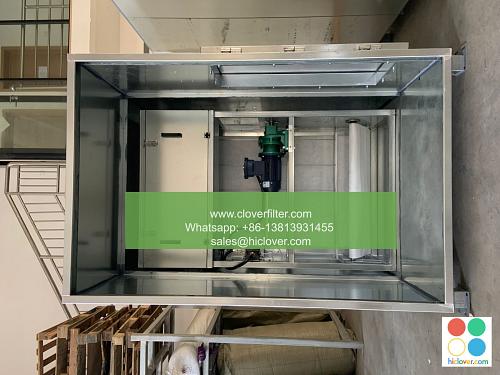Understanding the Impact of Air Filter Type on Indoor Air Quality in Commercial Buildings

Indoor air quality (IAQ) is a critical concern in commercial buildings, as it can significantly impact the health, comfort, and productivity of occupants. One of the key factors that affect IAQ is the type of air filter used in the building’s heating, ventilation, and air conditioning (HVAC) system. In this article, we will explore the impact of different air filter types on IAQ in commercial buildings, highlighting various application areas and high-efficiency particulate air (HEPA) filters, activated carbon filters, and ultraviolet (UV) light air purifiers.
Introduction to Air Filter Types
There are several types of air filters available, each with its own strengths and weaknesses. The most common types of air filters used in commercial buildings include:
* Fiberglass filters: These filters are inexpensive and easy to install, but they have a low minimum efficiency reporting value (MERV) rating, which means they are not effective at capturing small particles and volatile organic compounds (VOCs).
* Pleated filters: These filters have a higher MERV rating than fiberglass filters and are more effective at capturing particles and VOCs. They are also more expensive than fiberglass filters.
* HEPA filters: These filters have a very high MERV rating and are capable of capturing 99.97% of particles as small as 0.3 microns, including particulate matter (PM), pollen, and bacteria.
* Activated carbon filters: These filters are designed to capture gases and odors, including VOCs and nitrogen dioxide (NO2).
* UV light air purifiers: These filters use UV light to kill bacteria, viruses, and mold in the air.
Impact of Air Filter Type on IAQ
The type of air filter used in a commercial building can have a significant impact on IAQ. HEPA filters and activated carbon filters are particularly effective at improving IAQ, as they can capture a wide range of particles and gases. UV light air purifiers can also be effective at improving IAQ, especially in areas with high levels of mold and bacteria.
In addition to the type of air filter used, the air filtration system itself can also impact IAQ. A well-designed air filtration system should include a combination of air filters and other air cleaning technologies, such as air scrubbers and air purifiers. The system should also be properly maintained and serviced to ensure optimal performance.
Application Areas
Air filters are used in a variety of application areas in commercial buildings, including:
* Offices: Air filters can help improve IAQ in offices, reducing the risk of respiratory problems and allergies.
* Healthcare facilities: Air filters are critical in healthcare facilities, where infectious diseases can spread quickly through the air.
* Industrial facilities: Air filters can help improve IAQ in industrial facilities, reducing the risk of respiratory problems and cancer.
* Schools: Air filters can help improve IAQ in schools, reducing the risk of respiratory problems and allergies in students and teachers.
Conclusion
In conclusion, the type of air filter used in a commercial building can have a significant impact on IAQ. HEPA filters, activated carbon filters, and UV light air purifiers are particularly effective at improving IAQ, and can be used in a variety of application areas, including offices, healthcare facilities, industrial facilities, and schools. By understanding the impact of air filter type on IAQ, building owners and managers can make informed decisions about the type of air filter to use in their building, and take steps to improve the health, comfort, and productivity of occupants. It seems like you’re ready to start a conversation or ask a question, but you haven’t provided a specific prompt yet. Could you please provide more details or clarify what you’re looking for? I’m here to help with any questions or topics you’d like to discuss!

